The latest addition to Dulwich Picture Gallery’s permanent collection display was a bargain at $88. For weeks the cheap Chinese copy after Fragonard’s Young Woman – commissioned by contemporary artist Doug Fishbone – stood in for the original, unmarked and slotted into the old frame, as a challenge to visitors. Could they spot the ‘fake’? They could not, as it turns out. Of the 3,000 people who made a guess, only 12 per cent correctly identified the impostor. The rest of us walked past without a second thought – though perhaps with a slightly diminished opinion of poor Fragonard.
Last week, when the original was finally brought back to hang alongside its copy, I stood for a while with Fishbone and Dulwich’s chief curator Xavier Bray, spotting differences. What a lot of them there are. The copy’s colours are brighter, the tonality lighter, and the quality worse. It’s not that the piece is terrible – after all, it fooled almost everyone – but the contrast between Fragonard’s deft flourishes of paint and the anonymous contemporary artist’s heavy-handed approximations is clear, even allowing for the fact that it was painted from a jpeg. Fishbone suggested that a backlit computer screen might account for the brightness issues. ‘He just got lazy there’, asserted Bray, pointing out Fragonard’s delicate suggestion of an earring catching the light, and its absence from the reproduction. ‘To be honest it’s thanks to the copy that I’ve really appreciated that earring’.
This sense of rediscovery, of renewed engagement with collection items through close looking, is one of the arguments Bray used to get ‘Made in China’ past the gallery’s sceptical trustees. They were concerned, apparently, about the ‘reputational risk of showing a cheap replica in a great museum’, and in truth both Bray and Fishbone seemed worried about the project’s image, too. The night before we met, Fishbone had appeared on The One Show: ‘To receive press on that scale is very nice…but it’s a bit of a carnival’, he admitted. ‘It’s on the level of “hey, come spot the fake! It’s a gimmick!” I never thought of it that simply, because that’s not all that interesting.’ The public, too? (They visited in their droves). ‘It first appealed to those who want to do a treasure hunt, there’s no doubt about it’, said Bray. But to engineer a fourfold increase in visitor numbers, on a minimal budget, in this era of cuts and commercial pressures – even if half of them are there, heaven forbid, for the fun of it – still strikes me as a coup.
What they really want to happen, of course, is for all those games of hide and seek and spot the difference to turn into conversations about the value of art. It really is a bewildering rabbit hole of a topic once you get started. Fragonard, it turns out, was faking it all along: he signed the painting as one of his rivals, Grimou, in some sort of peculiar in-joke for his patrons. Round the corner, Dulwich has hung Constable’s Landscape with Windmills near Haarlem, after Jacob van Ruisdael (1830) beneath the original (1650–52) – an example of a talented artist pitting himself against a great Old Master. Is the Chinese copy at all akin to that, or more like the workshop reproductions turned out by great artists’ studios (there are several in the museum, marked out with grey information panels rather than the customary white)? Or is the best comparison with the printmakers who, before photography took over, were tasked with translating works of art into print for distribution around the world?
Then there are the value judgements. What does it say that six per cent of visitors thought Rubens’ Portrait of a Lady (c. 1625) was a cheap copy? Has the copy itself gained monetary value simply by being in the gallery, as Fishbone suggests? And assuming the museum confers value, what happens when we flip the equation – what price would the Fragonard command if it popped up in a car-boot sale or a small antiques shop? Would anybody spot it for what it was? Maybe the trustees were right about reputational risk – not just to Dulwich, but to museums and the art they keep more generally.
It’s impossible for the gallery’s iPad display to introduce all this in great depth – that’s what the Study Day is for (16 May). But perhaps more could be made of the crucial and slippery distinctions between ‘copies’, ‘reproductions’, ‘forgeries’ and the like. Both Bray and Fishbone commented, with slight irritation, that people keep calling the work a fake. But it’s been masquerading as an original for weeks; the description isn’t that far off the mark. Increasingly, arts organisations are endorsing reproductions – the Van Gogh Museum sells replicas ‘authenticated’ by museum staff; whole collections are available in high definition online; Factum Foundation is busy replicating an entire tomb. How do you promote replicas while warning people about fakes? Public interest in the topic is high and surprisingly consistent: so this is one can of worms well worth opening.
But then neither Bray nor Fishbone see this as the end of the project. They’re hoping to make a documentary about ‘Made in China’ and perhaps even to take it to China itself. That would be a welcome chance to explore yet another side of the project – the social and political issues surrounding the reproductions trade. Bray and Fishbone were careful about where they sourced their painting from, but Bray admits the legitimate industry often provides a cover for forgers. It’s telling perhaps, that the Chinese press has been the most surprised at the venture, taking their engagement with the industry as an endorsement of it.
I hope the next stage of ‘Made in China’ comes about. ‘We’d do it big, as the Chinese like to do it’, say Bray. ‘Replicate the building, and the collection, in Beijing’. ‘And a robot me and you’, adds Fishbone, ‘they’re making them now’. If they took a gallery full of reproductions to China, with just the Fragonard as an authentic loan, we can only hope the public spot it. Otherwise art historians and connoisseurs could be in for a serious existential crisis.
All this from a faux Fragonard? Maybe I’m taking this particular game of spot the difference a little too seriously. But as ‘gimmicks’ go it’s a good one: maybe museums need a few more fakes to keep us on our toes.
‘Made in China: A Doug Fishbone Project’ is at the Dulwich Picture Gallery until 26 July.
Related Articles
Is it ever justifiable to burn a fake?
Look Closer: what art historians can learn from museum education (Ben Street)
Versions of Vincent: the Van Gogh Museum
Digital Innovation of the Year 2014: Factum Foundation
Unlimited access from just $16 every 3 months
Subscribe to get unlimited and exclusive access to the top art stories, interviews and exhibition reviews.

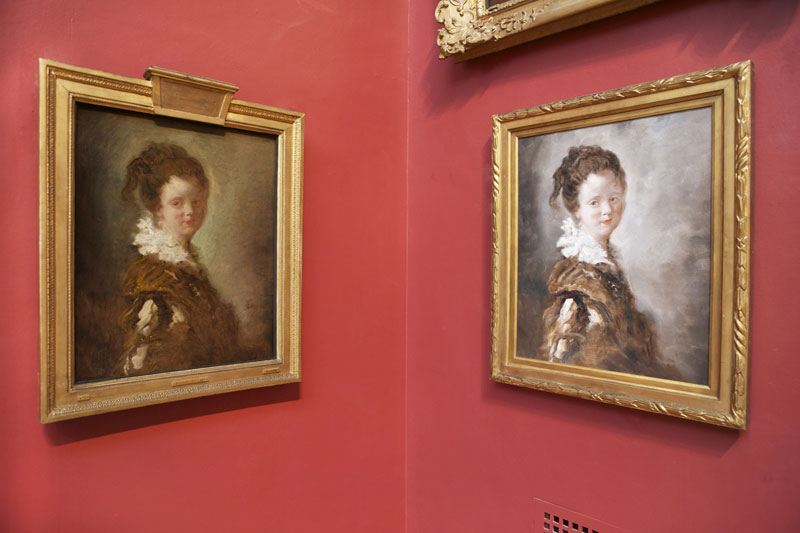
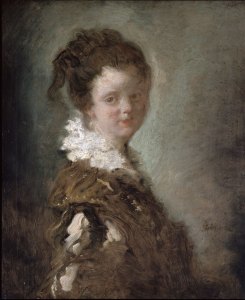
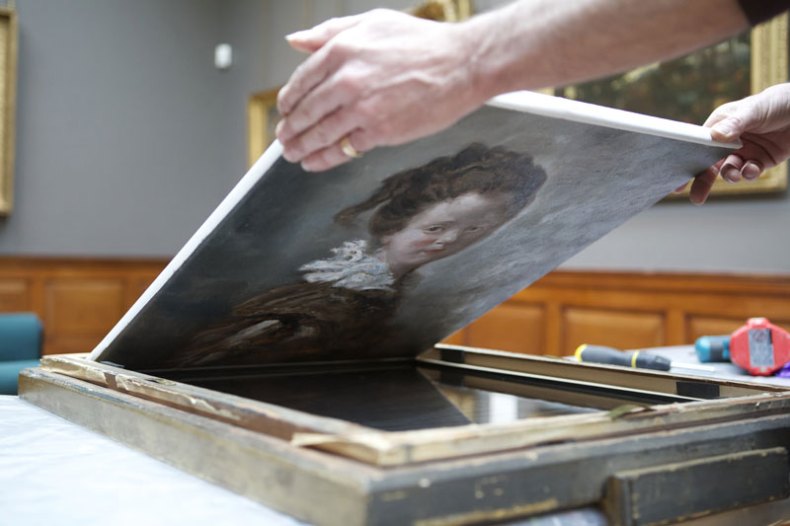
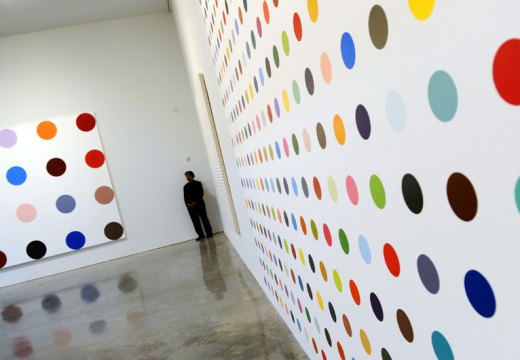
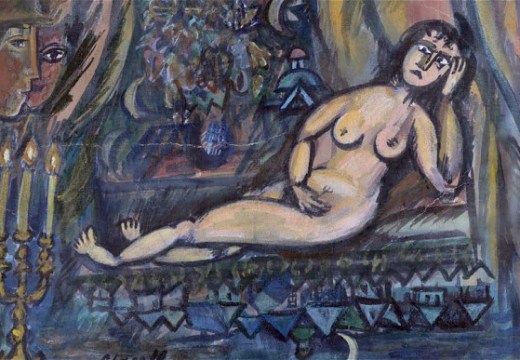
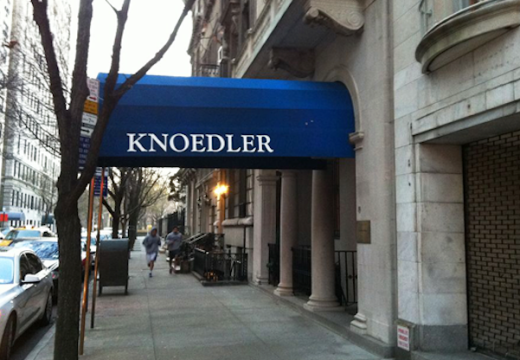









![Masterpiece [Re]discovery 2022. Photo: Ben Fisher Photography, courtesy of Masterpiece London](http://www.apollo-magazine.com/wp-content/uploads/2022/07/MPL2022_4263.jpg)
It’s time for the government of London to return to its rightful home